Kashmiri pashmina is an intricate blend of style and comfort. Authentic Kashmiri pashmina shawls have a delicate weaving process that has been perfected by local shawl artisans for centuries. If you are new to Kashmiri Pashmina and you want to learn more about these shawls, then you are at the right place.
We are going to walk you through the history, origin, and types of kashmiri pashmina shawls that you need to know. We believe that learning about the history of pashmina and the amount of hard work that goes into making these shawls from fine cashmere can enable you to appreciate it on a deeper level.
So, without further ado, let’s get straight to it
About Kashmiri Pashmina
Pashmina is a type of fine wool/cashmere (you can check our article “Wool vs Cashmere” to understand about these fibres) that has been produced in the Kashmir region of India for centuries and is highly valued for its softness, warmth, and unique texture. The word pashmina comes from the Persian word “Pashm” which means “soft gold”. It is often used to create shawls, stoles, and other clothing items, and is often seen as a symbol of luxury and quality.
Kashmiri pashmina scarf and shawl is popular all over the world thanks to the beautiful variety that they have to offer. Pashmina is ethically sourced from the finest cashmere wool of the Changthangi Cashmere Goat.
In addition to its practical uses, Pashmina is also a cultural heritage item with deep roots in the Kashmiri tradition. It is often passed down from generation to generation and has symbolic meaning in various celebrations and rituals.
Kashmiri Pashmina Scarf has always been one of the most sought-after wrap accessories in the world. Its rich history and fascinating origins make it a prized possession for people who admire authenticity and craftsmanship when it comes to choosing their shawls.
Origin & History of Kashmiri Pashmina Shawls
Kashmiri Pashmina shawls have a rich history that goes back to the 14th century. Shah-e-Hamdan, a well-known saint, came from Persia to Kashmir in the late 14th century and discovered raw cashmere for the first time in Ladakh.
Shah-e-Hamdan noticed the smooth and soft texture of the raw cashmere and he realized the potential of this fine wool. He initially ordered socks to be made out of raw cashmere. The socks turned out to be quite elegant with a unique texture.
The socks were then presented to Zain ul Abideen, the ruler of Kashmir. The king was amazed by this creation, and he ordered to set up of cashmere processing units all over Kashmir. This was the moment when Kashmiri Pashmina started to get noticed.
In that medieval period, Kashmiri Pashmina was highly prized by royalty and nobility and was often used as a form of currency. During this time, Kashmir became an important centre for trade and commerce, with Pashmina being traded and exported to various regions across the world.
Today, Kashmiri Pashmina Shawls continue to be highly valued for its luxurious qualities and are seen as a symbol of tradition, craftsmanship, and cultural heritage. Efforts are also being made to preserve this ancient tradition and ensure that it continues to be passed down from generation to generation.
How is Raw Material for Pashmina Shawls Obtained?
The raw material for Pashmina shawls is obtained from the fine undercoat of the Changthangi goat, which is found in the Changthang region of Ladakh, located in a high-altitude region of the Himalayas. Although the Changathangi goats can survive at any place in Ladakh, the ones found over 14,000 feet from the ground are the ones that grow the finest quality cashmere. The development of fine cashmere for pashmina has a lot to do with the external weather conditions. The finest cashmere grows as a response to tough environmental conditions where the temperature falls below at least -40o.
The process typically begins in the spring, when the goats shed their winter coat. The fine undercoat is then carefully combed or sheared from the goat and sorted according to quality and thickness.
The raw material is then cleaned, carded, and spun into yarn, which is then used to weave the shawls. The weaving process is typically done by hand, using traditional techniques passed down from generation to generation. The end result is a luxurious and highly valued textile that is prized for its softness, warmth, and unique texture.
Changathang is home to the finest cashmere where Buddhist herders rear the goats to be sourced for cashmere. These herders comb the goats right around late spring to take out the cashmere. The cashmere is then brought to Kashmir for further processing to make pashmina shawls and other wearable accessories.
How are Kashmiri Pashmina Shawls Made?
Once the cashmere is obtained from the Changathangi goats, it is cleaned and sorted according to the quality and thickness and then washed off to get rid of the impurities that might be present in it. After that, the cashmere is prepared using the spinning and weaving processes to make Kashmiri pashmina shawls.
Step 1: Spinning

In this step, The carded wool is then spun into yarn on a spinning wheel, the process involves twisting the fibers together to create a continuous strand of yarn also known as Yinder in local terms. The operation of Yinder requires a perfect rhythm of hand to transform the wool into long, smooth, and fine threads. The spun yarn is often plied or twisted together with another strand of yarn, to create a thicker and stronger thread. Once the spinning is done, the threads are passed on for weaving.
Step 2: Weaving
The process of weaving a Pashmina shawl is time-consuming and requires skill and expertise. In this process, the threads of cashmere are converted into Pashmina. Kashmiri artisans use traditional wooden handlooms to gently process the fine thread. The handloom is operated by 3 to 4 men and the weaving process takes about 4 days on average. So, the making of a single authentic pashmina shawl can take up to 8-10 days of intensive and intricate work. Here are some steps involved in the process of hand-weaving a Pashmina:
- Warping – the first step in the weaving process is to create the warp or the lengthwise threads that run along the loom. The pashmina yarn is wound onto the loom to create the warp threads.
- Wefting – the next step is to weave the weft, or the crosswise threads, through the warp threads. This is typically done using a shuttle, which is a tool that carries the weft yarn across the loom.
- Tensioning – The warp and weft threads are kept under tension while weaving to ensure a tight and even fabric.
- Patterning – the weaver can create different patterns and designs by changing the colour and arrangement of the weft threads if they are making a “Kani Shawl”.
- Finishing – once the weaving is complete, the shawl is cut from the loom, and the edges are finished with fringe or tassels. The shawl may also be washed and pressed to give it a soft and luxurious feel.
Types of Kashmiri Pashmina Shawls
Kashmiri Pashmina shawls come in a variety of styles and designs, each with its own unique features. Some of the most popular types of Kashmiri Pashmina shawls include:
- Solid Shawls
Solid Shawls are the ones which are made from a single color of pashmina yarn and are characterized by their simple and classic look.
- Sozni Shawls
Sozni Pashmina Shawls contain traditional hand-embroidery styles that have been around for ages. These shawls represent the highest levels of craftsmanship which enable you to appreciate the art of making authentic pashmina.
- Kani Shawls
Kani Shawls are known for their intricate and delicate weaving patterns, which are created using a special type of loom called a kani loom.
- Jamawar Shawls
Jamawar Shawls are characterized by their elaborate and ornate designs, which are created using a combination of weaving and embroidery techniques.
- Reversible Pashmina Shawls
Reversible Pashmina Shawls can be worn from both sides. These types of shawls don’t have a front and a back. Both sides represent the same note of elegance. As per some accounts, reversible shawls have been around since the days of the Mughal empire.
- Ikat Shawls
Ikat Shawls are the newest addition to the Pashmina shawls family. It features tie-dye designs that are created by tying and dyeing individual threads before weaving.
Conclusion
Kashmiri pashmina shawls have evolved a lot over the centuries. But the admiration for the original Pashmina is still unparalleled. Kashmiri pashmina, in all its authenticity, is a work of art that speaks for itself.
Visit Me and K to explore our range of authentic Kashmiri pashmina shawls.
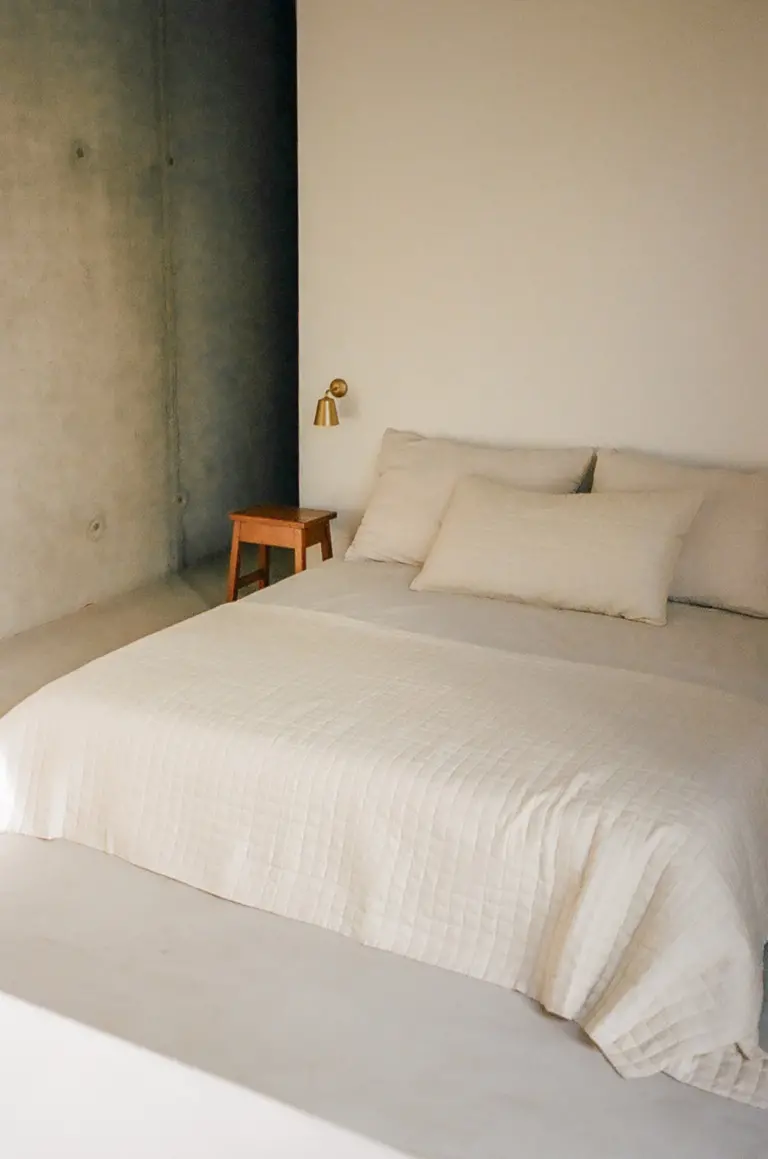
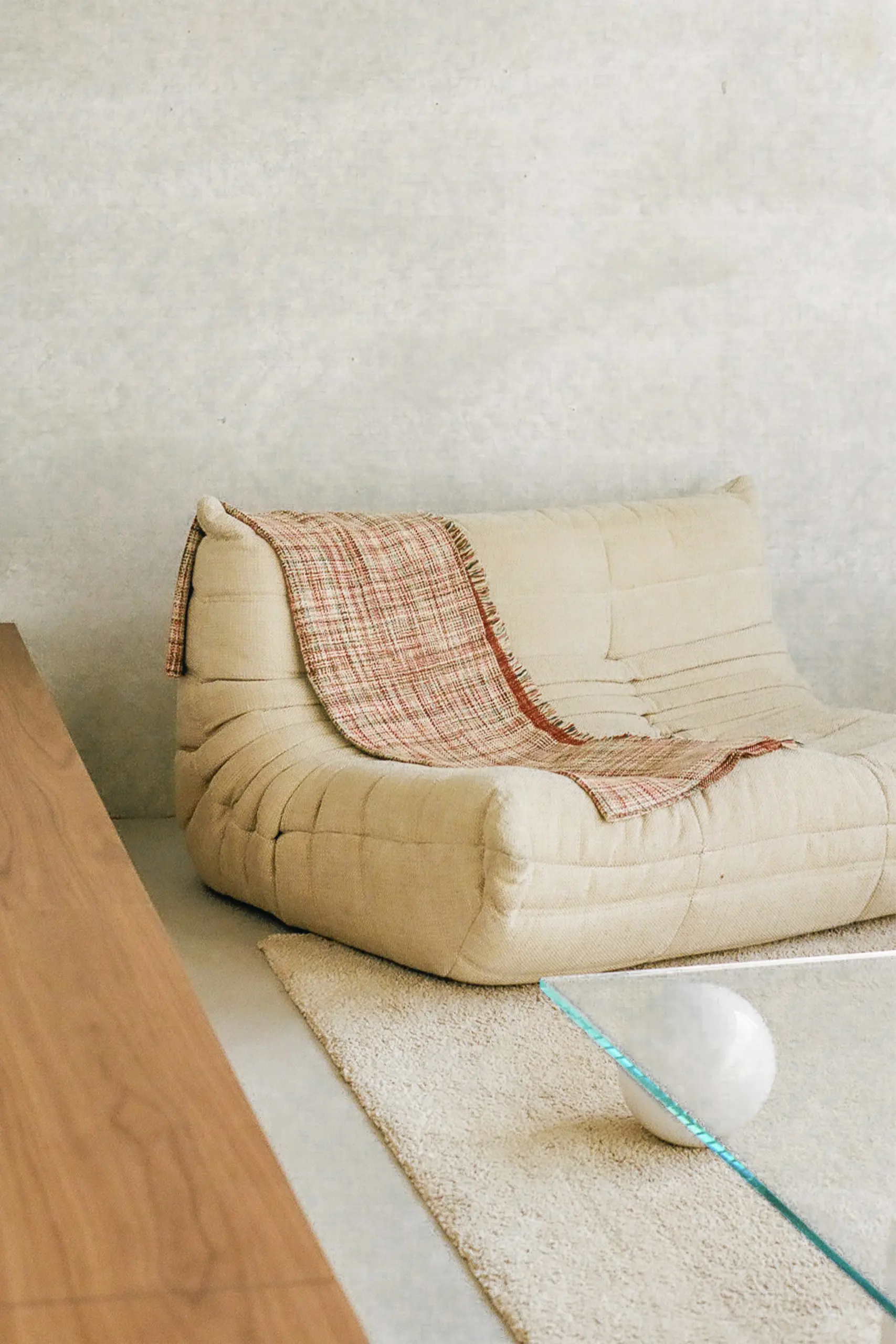
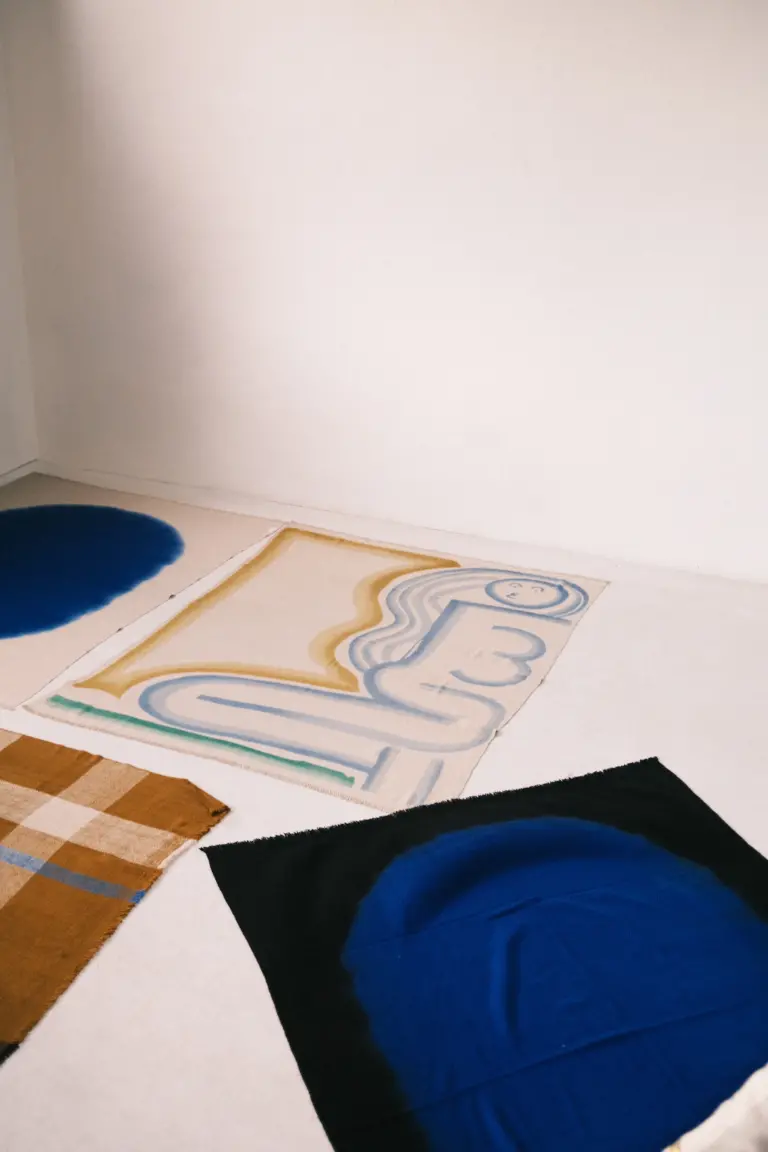
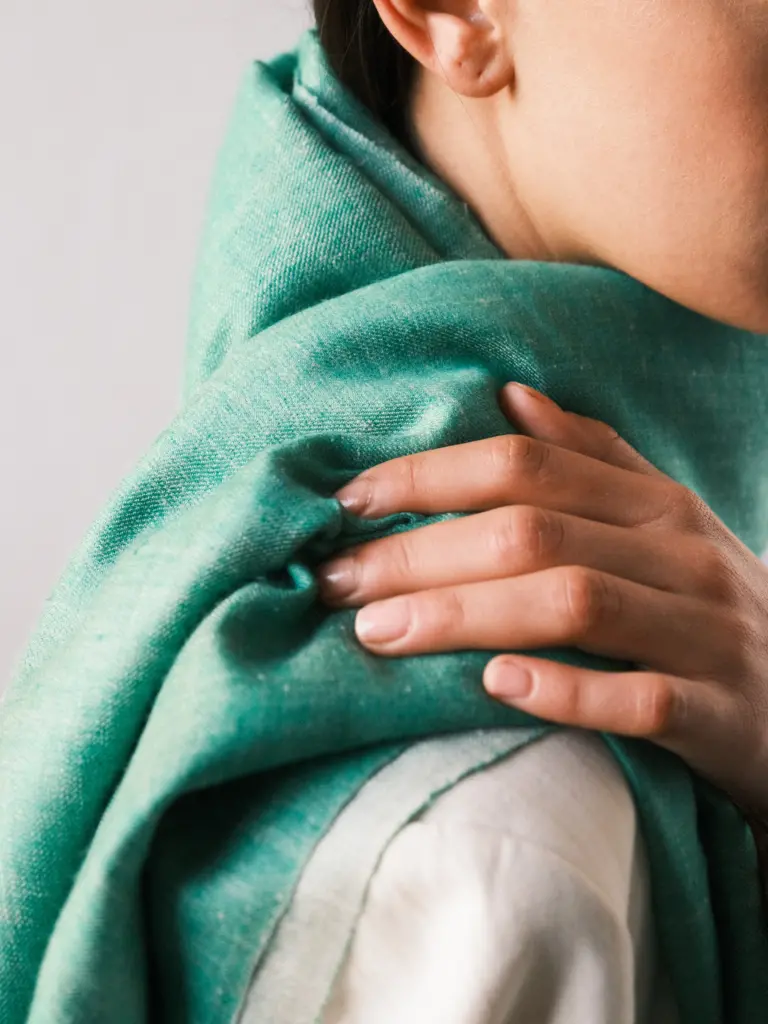


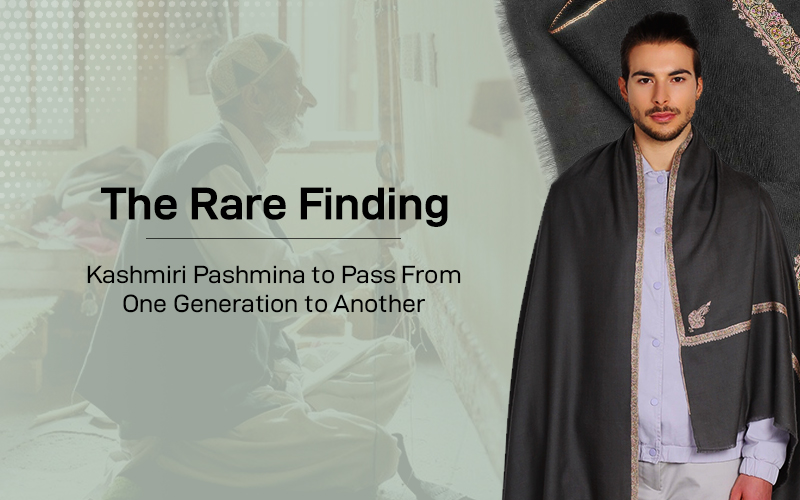

Leave a reply